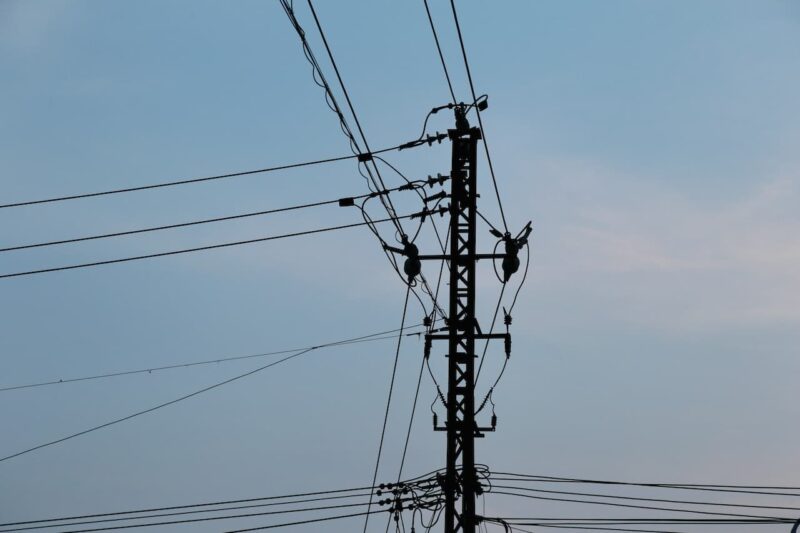Energy standing charges are a fixed daily charge paid by every household in the UK – so why have they become so controversial?
Read on for more information on how standing charges affect your bill and the groups campaigning to make a change.
What are standing charges?
Energy standing charges are fixed fees you pay every day to your energy supplier for continued access to their network.
The unit charges on your energy bill are based on how much energy you use, but your standing charges are determined by your tariff. Even if you don’t use any energy at all, you pay the full standing charge every day.
For more information on how energy bills are calculated read our guide here.
How have standing charges changed?
Over the last four years, energy prices have climbed for all consumers. The energy price cap, previously a maximum ceiling on household energy bills, became the cheapest available energy tariff.
The energy price cap dictates what the average total bill for energy should be.
As the UK energy crisis deepened and more and more households cut their energy use, standing charges crept up. This is in part because the costs of managing energy infrastructure and delivering power have increased.
Under the new October price cap, households on standard variable tariffs will pay an average of £302.91 a year just for access to the network.
Why are standing charges being criticised?
One of the biggest criticisms of standing charges is that they are the same for everyone. Regardless of the size of your home or how much energy you use, you’ll still pay more than £300 a year.
This disproportionally impacts lower-income households, who may find themselves paying upwards of 20% of their energy bill in fixed fees.
Standing charges also discourage households from saving energy. As the proportion of energy bills made up of fixed fees goes up, the potential savings from cutting energy use go down.
Who sets energy standing charges?
Energy suppliers are able to set the rates for their tariffs. However, their standard tariffs can’t exceed the energy price cap either in their standing charges or unit rates.
In practical terms, this means most tariff standing charges are set at the maximum limit allowed by the energy price cap. The price cap is set by Ofgem, the UK energy market regulator, every three months.
Who is calling for a change?
In their recently published report ‘Preparing for the Winter’ the parliament-appointed Energy Security and Net Zero Committee cited research from MSE’s Martin Lewis on the risks and impact of high standing charges.
Lewis is campaigning for changes to how standing charges are applied, to relieve the unequal pressure on low-usage and income households. Chief among these changes are a call for lower standing charges overall and targeted support for the most vulnerable households.
If you’re concerned about your standing charges, check your current tariff with your supplier. You might be able to switch to a fixed-rate tariff with lower standing charges, with the added benefit of fixed rates that won’t jump with another wholesale rise in energy.
Read more about energy in the UK:
- Installing an EV charger at your home













